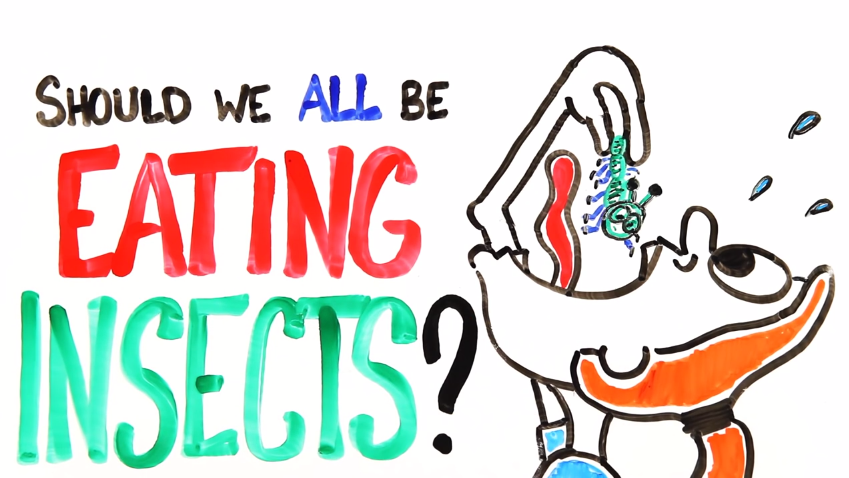
The psyllids are an invasive species from southern Asia that first appeared in the U.S. in 2008. They harm plants through two ways: By draining the juices of young plants, and by serving as infection vectors for the Candidatus Liberibacter asiaticus.
This gram-negative bacteria causes huanglongbing, a disease that weakens and kills citrus plants. Currently, all citrus species are prone to infection.
Huanglongbing is a serious threat to California's profitable citrus industry. Asian citrus psyllids are able to spread the disease very quickly because they reproduce quickly, jump and fly very well, and are light enough to be carried by the wind over long distances.
Earlier efforts to eradicate them saw the use of chemical pesticides in residential areas. While the insecticides successfully killed the insects, the treatments were expensive and could only protect a small fraction of the citrus trees in urban areas. (Related: Insect-killing “laser battle robot” can zap 20 insects per second.)
Fighting Pakistani pests with Pakistani wasps
Due to the ineffectiveness of insecticide management, researchers from the University of California Riverside (UCR) sought out other means of controlling the booming populations of Asian citrus psyllids. They devised a classical biological control program that would use natural enemies of the pests.
The psyllids originally came from the Indian subcontinent. With that in mind, the American researchers visited the Punjab province of Pakistan. The climate there is similar to California, so insects from that region will have a better chance of acclimatizing to their intended new home.
The researchers looked for parasitoid species that lay eggs inside the nymphs of the Asian citrus psyllids. The eggs will hatch into larvae that would eat the psyllids from within.
They eventually collected and tested 13 species, of which two were very common. One was Tamarixia radiata, a parasitoid wasp that was first identified in a 1927 treatise by Hussain and Nath. The other was Diaphorencyrtus aligarhensis, another wasp. Both parasitoids laid their eggs in psyllid nymphs at different stages.
Both wasp species were thoroughly tested to make sure that they will not target anything other than psyllids. They were cleared for rearing, with T. radiata released in southern California starting in 2011 and D. aligarhensis in 2014. Researchers monitored the parasitoids' acclimatization and effect on the psyllids.
Biological approach more successful than pesticides in controlling Asian citrus psyllids
T. radiata became the first natural enemy species released in California. Most releases are performed in urban areas because commercial citrus orchards still use insecticides that are lethal to the wasp.
Post-release monitoring showed that the wasp was active in 95 percent of the release areas. Depending on the site, 12 to 63 percent of the Asian citrus psyllids showed signs of parasitism. When combined with native equivalents like syrphid flies, T. radiata can reduce psyllid populations by more than 90 percent.
The other wasp species, D. aligarhensis, is still being introduced. While T. radiata and D. aligarhensis target the same psyllid, they attack during different stages of the pest's life. The two wasps could therefore possibly complement each other.
The UCR researchers add that the two Pakistani wasps are "supported" by generalist native predators, like syrphid flies and lacewings. Their opponents are ants, which treat psyllids as "milk cows" and protect the pests. They believe further approaches should neutralize these ants in order to improve the effectiveness of the psyllid's natural enemies.
For more stories about bug wars between beneficial insects and pests, visit Ecology.news.
Sources include:
Please contact us for more information.





















